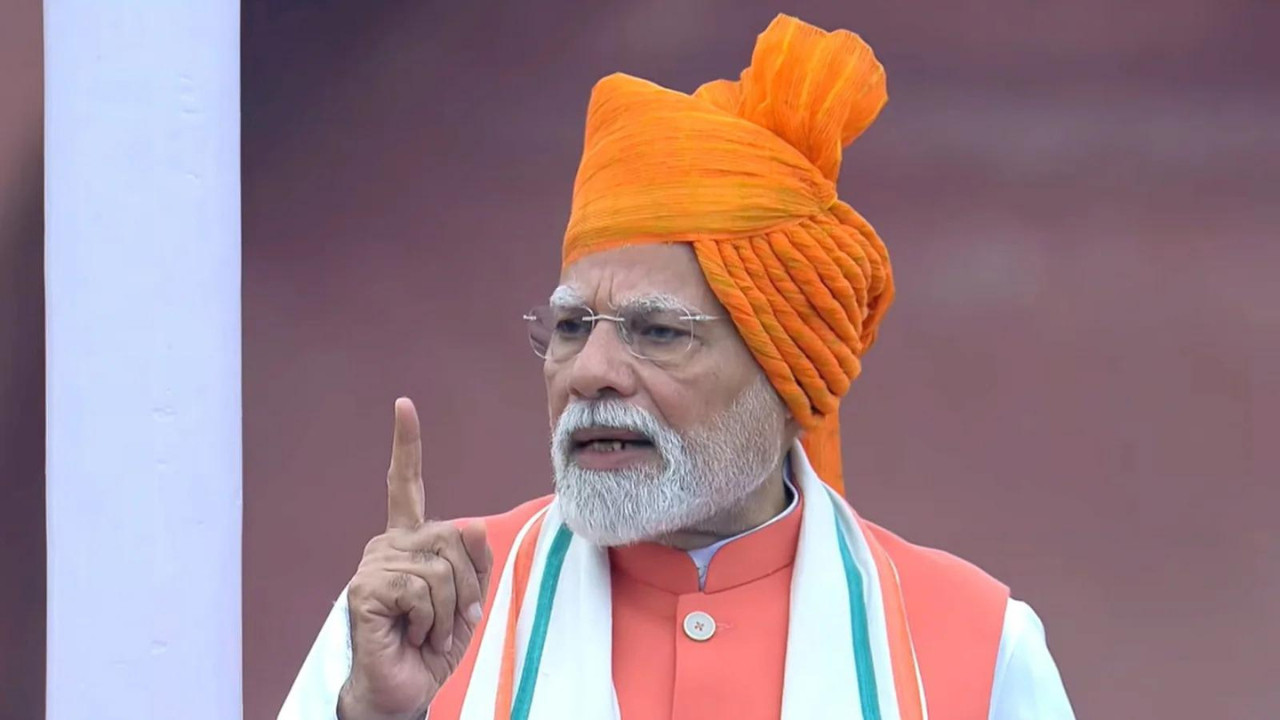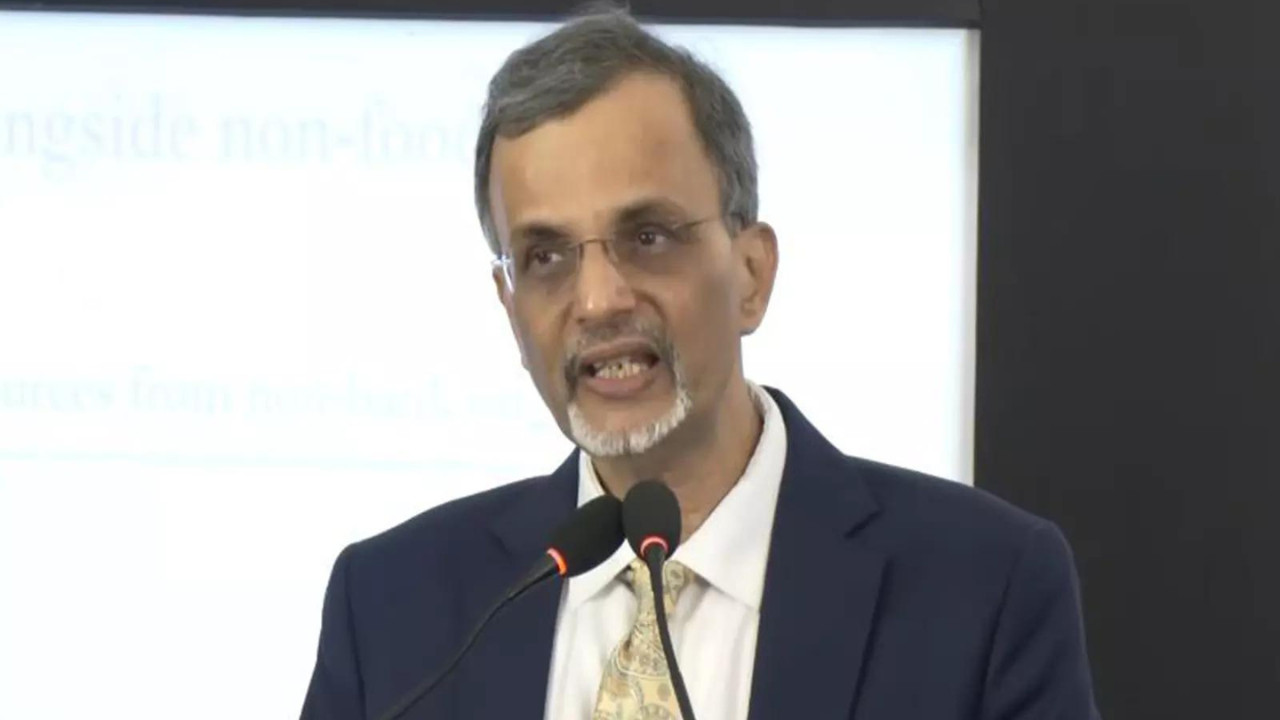Prime Minister Narendra Modi announced the circulation of the draft for next-generation GST reforms among states, urging their cooperation for implementation before Diwali. These reforms aim to simplify the GST law and revise tax rates, benefiting the poor, middle class, and businesses. Modi emphasized the government’s continuous focus on reforms to ease the lives of people and businesses.
GST Reform: Could This Be the ‘Double Diwali’ We’ve Been Waiting For?
The air is thick with anticipation. Could a major shake-up of the Goods and Services Tax (GST) be on the horizon, potentially delivering a significant economic boost? Prime Minister Modi is actively seeking the backing of state governments for a freshly drafted reform proposal, hinting at a “double Diwali” bonus for the people. But what exactly does this entail, and how might it reshape the Indian economy?
For years, the GST, while a landmark achievement in unifying India’s tax structure, has faced its share of challenges. From complex compliance procedures to disputes over revenue sharing between the Centre and states, the system hasn’t been without its wrinkles. Now, it appears the government is ready to iron them out, paving the way for a smoother, more efficient, and potentially more lucrative tax regime.
The core of the proposed reform revolves around streamlining the GST structure, addressing persistent loopholes that lead to revenue leakage, and fostering a more collaborative environment between the central government and the states. While the specifics of the draft remain under wraps, sources suggest that simplifying tax slabs is a high priority. Currently, the multiple GST rates can be confusing for businesses, particularly smaller enterprises, adding to their compliance burden. A reduction in the number of slabs, possibly down to a more manageable three-tier system, could significantly ease this burden.

Another key aspect likely to be addressed is the Input Tax Credit (ITC) mechanism. The current system, while designed to prevent the cascading effect of taxes, has been plagued by complexities and instances of fraudulent claims. The proposed reform aims to strengthen the ITC verification process, making it more robust and less susceptible to manipulation. This could involve leveraging technology like artificial intelligence and data analytics to identify and prevent fraudulent activities.
Beyond streamlining and strengthening the existing system, the GST reform package is also expected to include measures to boost revenue collection. This could involve broadening the tax base by bringing in previously exempt items or services under the GST umbrella. However, the government will need to tread carefully here, ensuring that any such changes do not disproportionately impact vulnerable sections of society or stifle economic growth.
The success of this ambitious undertaking hinges on the cooperation of state governments. Reaching a consensus on key aspects of the reform, particularly revenue sharing, will be crucial. Prime Minister Modi’s proactive engagement with state leaders, emphasizing the potential benefits for both the Centre and the states, signals a concerted effort to build consensus and overcome any potential hurdles. The promise of a “double Diwali” is undoubtedly a powerful incentive, suggesting that the proposed reforms could translate into tangible benefits for citizens, whether through lower prices, increased investment, or a combination of both.
Consider the potential ripple effects. Simplified compliance procedures could free up businesses to focus on innovation and growth, leading to increased productivity and job creation. A strengthened ITC mechanism could level the playing field, ensuring fair competition and discouraging tax evasion. Higher revenue collection could enable the government to invest more in infrastructure, education, and healthcare, further boosting economic development.
While the road ahead may not be entirely smooth, the potential rewards of a successful GST reform are immense. It could usher in a new era of economic prosperity, fostering a more vibrant and inclusive economy for all. The devil, of course, is in the details. As the draft proposal is debated and refined in the coming weeks, all eyes will be on how these potential changes will unfold. For more information on other economic reforms, check out our article on recent infrastructure developments.
The ultimate goal is to create a GST system that is not only efficient and revenue-generating but also equitable and citizen-friendly. The “double Diwali” promise hints at a future where the benefits of a well-functioning GST are felt by everyone, contributing to a more prosperous and secure India.







